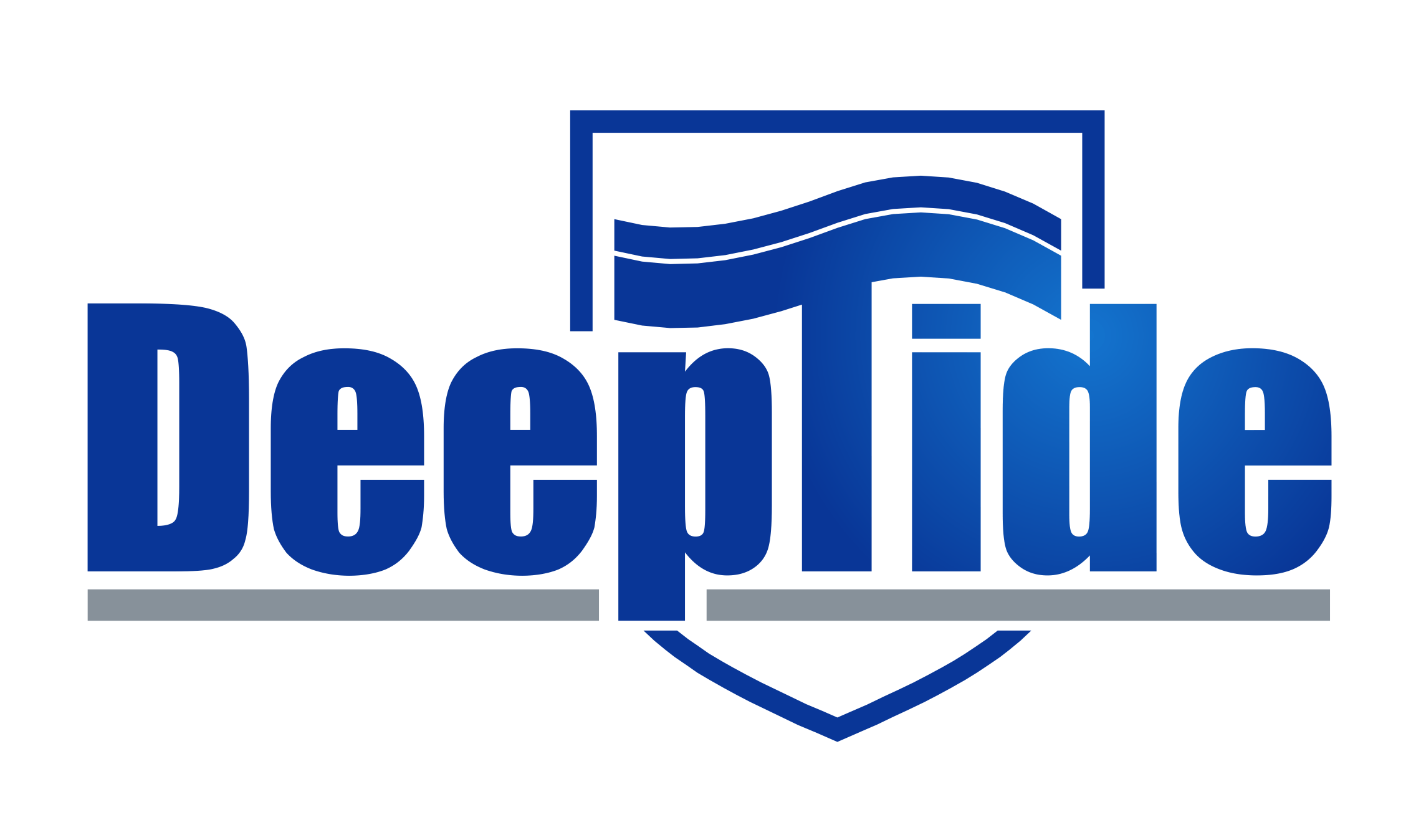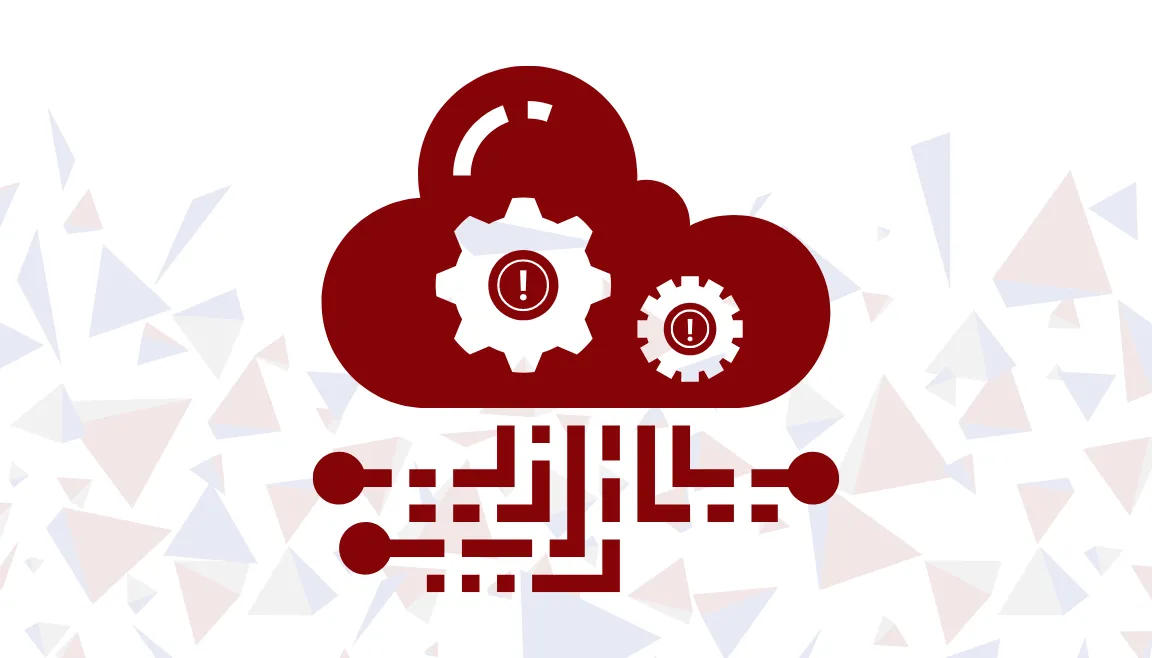Cloud-based Software-as-a-Service (SaaS) solutions have become a mainstay for businesses of all sizes, promising streamlined collaboration, lower upfront costs, and rapid scalability. Whether it’s a project management tool used by a handful of employees or a mission-critical ERP platform relied on across departments, SaaS applications have reshaped how organizations consume software. Yet alongside their convenience and efficiency, these external services introduce significant security considerations. Each additional SaaS vendor effectively expands an enterprise’s attack surface, and misconfigurations or overlooked data handling policies can transform a helpful platform into a major vulnerability. As businesses deepen their reliance on third-party cloud applications, leaders are increasingly pressed to ensure these solutions meet robust security standards—and that they remain safe throughout their lifecycle.
Despite the importance of SaaS security, many companies still approach onboarding a new service with a superficial checklist. At best, this may include verifying whether the vendor advertises compliance with major regulations (like GDPR or HIPAA) or scanning through the provider’s publicly available documentation. Yet these steps often fail to capture the deeper nuances of how the SaaS solution stores data, handles authentication, or interacts with other internal systems. In the event that a provider’s code or infrastructure is compromised, attackers could gain access not just to one organization’s records, but also to the entire pool of clients. This multi-tenant nature often increases the potential damage if the vendor experiences a large-scale breach.
In many cases, the risks multiply once employees connect their SaaS applications to other services via APIs or plugin integrations. A marketing department might link a SaaS analytics platform to the company’s CRM, sharing customer data behind the scenes. Meanwhile, the finance team might authorize a billing tool to pull transaction logs from the ERP system. Each of these connections can inadvertently open new routes for attackers if not properly governed. A vulnerability in one SaaS vendor’s API can create a chain reaction, granting criminals indirect entry into the entire network of integrated platforms. Furthermore, well-intentioned but untrained staff might inadvertently grant excessive privileges when configuring these integrations, enabling the SaaS application to read or write data beyond what’s strictly necessary. The result can be a slow-burn security gap that remains invisible for months or years.
Cloud-based data handling also shifts how organizations approach compliance. When personally identifiable information (PII) or proprietary data moves to a third-party SaaS provider’s cloud, the enterprise must be sure that the vendor’s handling aligns with all relevant data protection laws. Certain regulations require explicit controls over how data is stored, how quickly it can be accessed, and how it’s destroyed at the end of the contract. Depending on the jurisdiction, storing data overseas may trigger additional legal obligations or breach notification requirements. Negotiating these details is particularly challenging for smaller businesses that lack the leverage to demand custom contract terms. Even large enterprises sometimes find themselves forced to accept boilerplate service-level agreements (SLAs) that might not fully address data residency or encryption at rest.
Meanwhile, identity and access management (IAM) emerges as a critical piece of SaaS security. Companies often rely on single sign-on (SSO) solutions to manage employee access to various SaaS platforms. On paper, SSO centralizes authentication and can enforce multi-factor authentication (MFA) systematically. However, if the SSO itself isn’t configured with strong security policies, or if employees share credentials informally, the potential for compromise is significant. A single set of stolen IAM credentials can yield the attacker access to a constellation of SaaS applications. In some documented breaches, an attacker used social engineering to trick an administrator into resetting or unlocking an SSO account, effectively unlocking every connected SaaS instance.
Another subtle vulnerability arises when staffers depart the company or transition to new roles. If the offboarding process neglects to revoke SaaS access promptly, a former employee might still use valid credentials to exfiltrate data or disrupt services. Even if the corporate SSO is disabled, some SaaS platforms allow offline or API-based tokens that can persist unless explicitly revoked. This misalignment between corporate identity management and vendor-level permissions can result in “zombie accounts,” left behind as digital ghosts with unexpected levels of access. Maintaining a robust deprovisioning workflow—one that syncs or audits with SaaS permissions—is paramount to ensuring minimal leftover privileges.
The dynamic nature of SaaS pricing and license allocation further complicates security. Companies routinely add or drop subscriptions as budgets fluctuate or teams change priorities. In the scramble, older instances of tools might remain with partial data stored, or the organization might keep paying for multiple overlapping apps that store similar records. Any unmonitored or underused SaaS environment can become a blind spot, especially if not patched or configured with updated policies. Attackers who discover neglected SaaS accounts face minimal hurdles—fewer active monitoring processes exist, and fewer employees pay attention to logs or usage anomalies for that app. As a result, hackers can exploit the stale environment for lateral movement or silent data gathering.
To tackle these challenges head-on, cybersecurity teams increasingly recommend a thorough SaaS onboarding framework. Before integrating a new tool, the organization can require the vendor to complete a standardized security questionnaire. These queries might address data encryption standards, incident response protocols, data retention and backup, plus the vendor’s policy on subcontractors. Larger enterprises sometimes go a step further, requesting to view SOC 2 reports or other third-party audit results. While no vendor audit is foolproof, collecting this evidence clarifies whether the SaaS provider meets a baseline level of security maturity. In fields like healthcare or finance, contractual clauses may also require the vendor to accept liability for certain data breaches or to comply with a named set of laws.
Even after a vendor passes the initial screening, continuous monitoring remains crucial. Some organizations utilize a third-party SaaS security posture management (SSPM) platform, which can track changes in configurations or new features that could impact risk. For example, if a SaaS vendor introduces a new user role or an alpha feature that grants API access to external scripts, it could inadvertently create vulnerabilities. Automated alerts from an SSPM or from integrated change management scripts help teams quickly realize that policies must be updated or that training is required to handle the new function safely. Combining technology with governance ensures that oversight doesn’t end after the contract is signed.
Threat intelligence also has a role to play in ongoing SaaS security. When a vendor experiences a breach or becomes the target of an advanced persistent threat (APT) group, external intelligence feeds can provide early warnings. If the organization’s own logs detect suspicious activity around that time—like a spike in data extraction requests from the SaaS—analysts can swiftly investigate. Conversely, when indicators of compromise appear that relate to the SaaS environment (such as malicious IP addresses contacting the vendor’s subdomains), the threat intelligence platform can correlate them with known attacker tactics. This synergy helps defenders stay one step ahead, instead of learning about a breach weeks after damage is done.
Internal employee training is an often-overlooked piece of the puzzle. Many staff members treat SaaS solutions as if they were fully internal or assume that responsibilities lie solely with the external provider. Clarifying shared responsibility—where the vendor manages infrastructure security but the customer must configure identity, user roles, and data access—can reduce careless mistakes. Employees should know to question suspicious login prompts, avoid storing sensitive data in unencrypted fields, and escalate any unusual requests that come through the SaaS platform. Without these habits, even the best technical controls can be undermined by routine missteps.
From a regulatory standpoint, the shared responsibility model frequently complicates breach reporting. If a SaaS vendor is compromised, do they handle notifications to impacted customers, or must each customer also notify their own regulators or end users? Depending on contract terms and local laws, both parties might be obligated to issue statements or coordinate with legal and compliance teams. This can lead to friction if the vendor’s public relations strategy conflicts with what the subscriber organization deems necessary for transparency. Clearly defining these roles upfront—spelling out who notifies whom, within what timeline—alleviates chaos should an incident occur.
Furthermore, as cloud usage expands globally, the potential for cross-border data flows intensifies. Many SaaS platforms store or replicate information in data centers across multiple regions to ensure availability. But that introduces issues around data sovereignty—whether local laws permit certain types of data to leave the jurisdiction. Companies adopting SaaS must confirm the vendor can implement geo-fencing or can guarantee data residency in specified locations if required by law. A mismatch here can expose the subscriber to hefty fines or reputational harm. This dimension of SaaS security, blending technology with legal constraints, requires close collaboration among security leads, legal counsel, and vendor representatives.
Despite these complexities, the shift to SaaS is likely irreversible. Organizations benefit from the ability to spin up specialized tools on demand, forging more agile and resilient workflows. The onus thus falls on security leaders to integrate SaaS into their broader risk management strategy, treating each external application as part of an extended enterprise perimeter. That means robust identity federation, strict provisioning and deprovisioning, zero trust-based network policies for traffic to and from the SaaS, and ongoing vendor relationship management. By proactively diagnosing and mitigating security gaps, businesses can avoid the pitfalls that accompany the convenience of third-party cloud solutions.
In essence, SaaS security is about recognizing that convenience and risk often go hand in hand. Third-party vendors free up internal resources, scale flexibly, and accelerate innovation, but they also invite new vulnerabilities into the environment. Whether it’s a collaboration suite or a niche analytics platform, each SaaS service must be assessed for compliance, monitored for suspicious changes, integrated correctly with identity management, and periodically reviewed. Only then can organizations fully harness the potential of SaaS without exposing themselves to silent data leaks, compliance failures, or catastrophic breaches. As technology evolves, so must these security measures, ensuring that fast-paced adoption of SaaS runs in parallel with a robust, forward-looking security posture.


